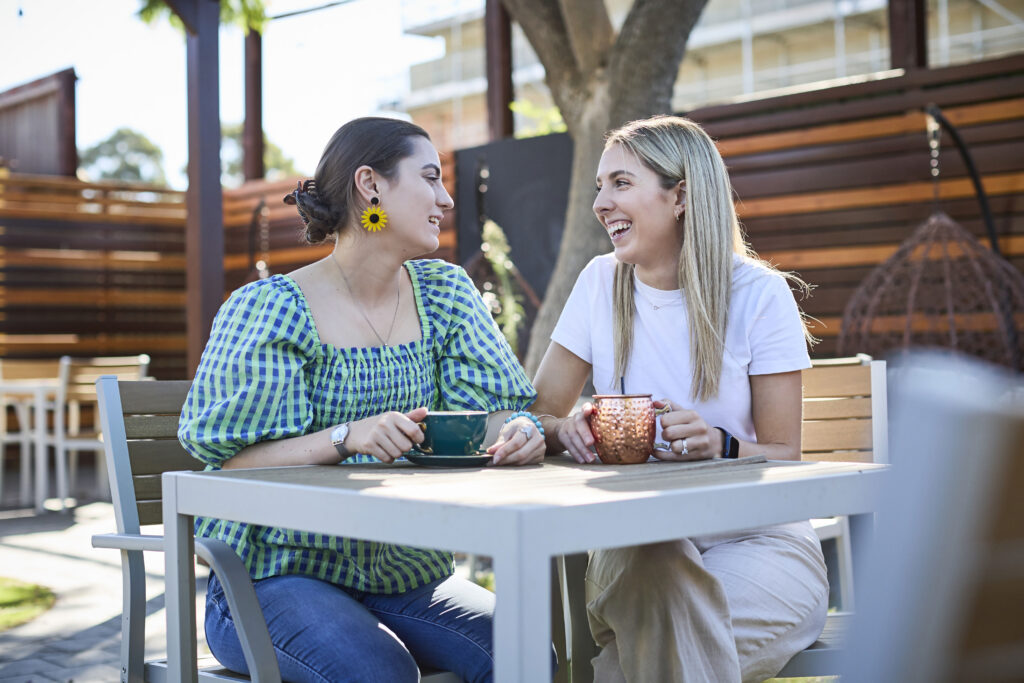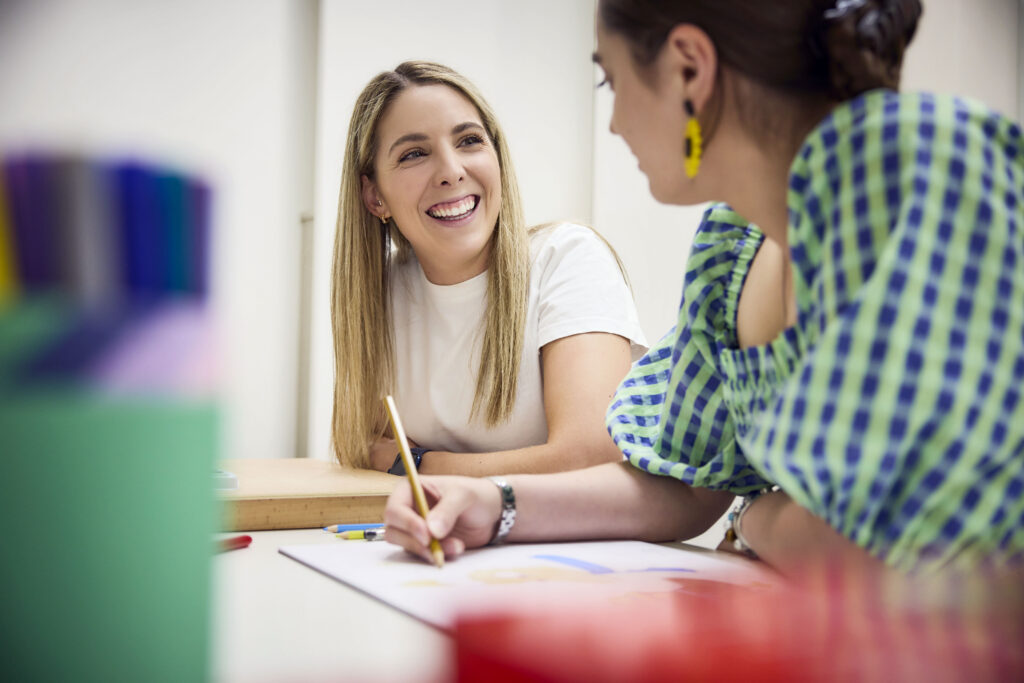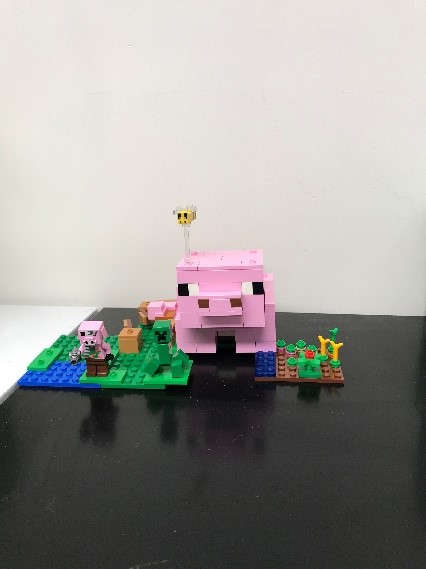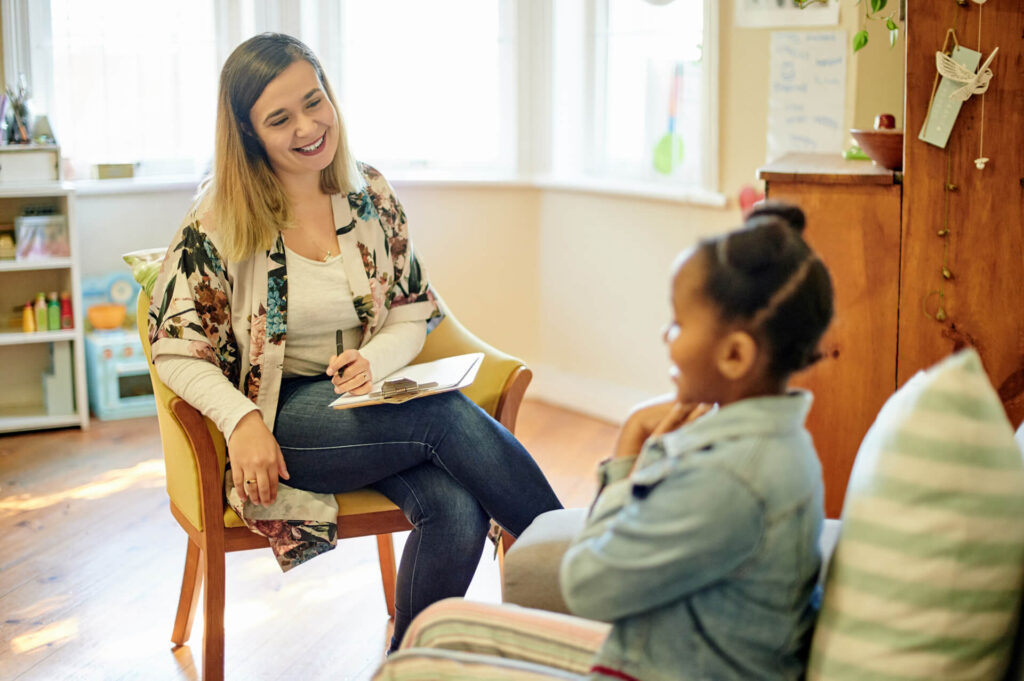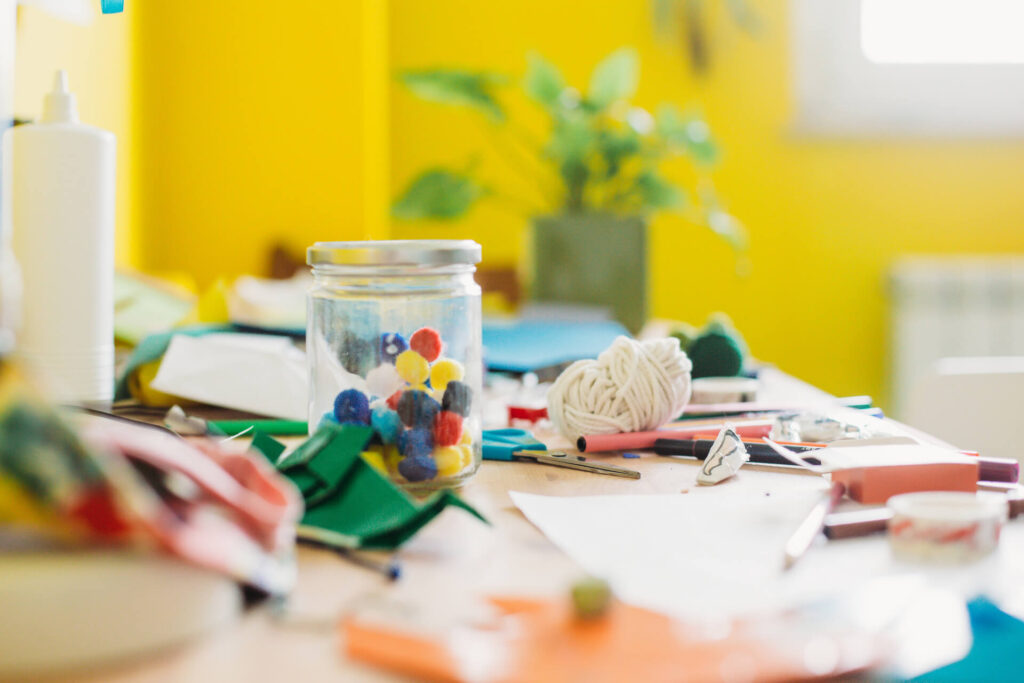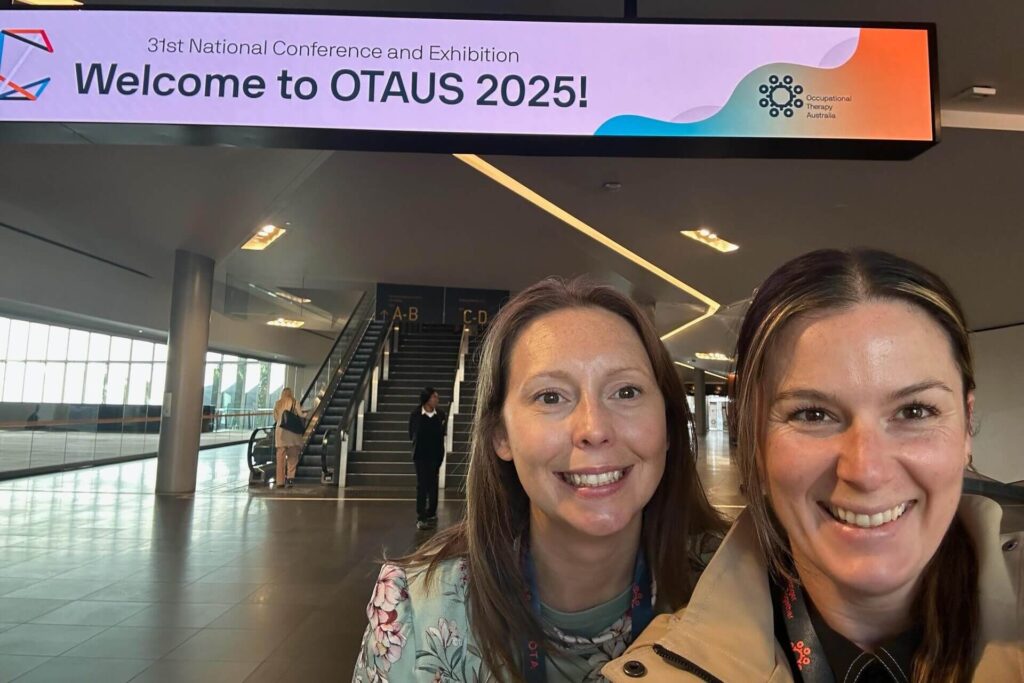Postural considerations for supporting strength and growth in paediatric clients
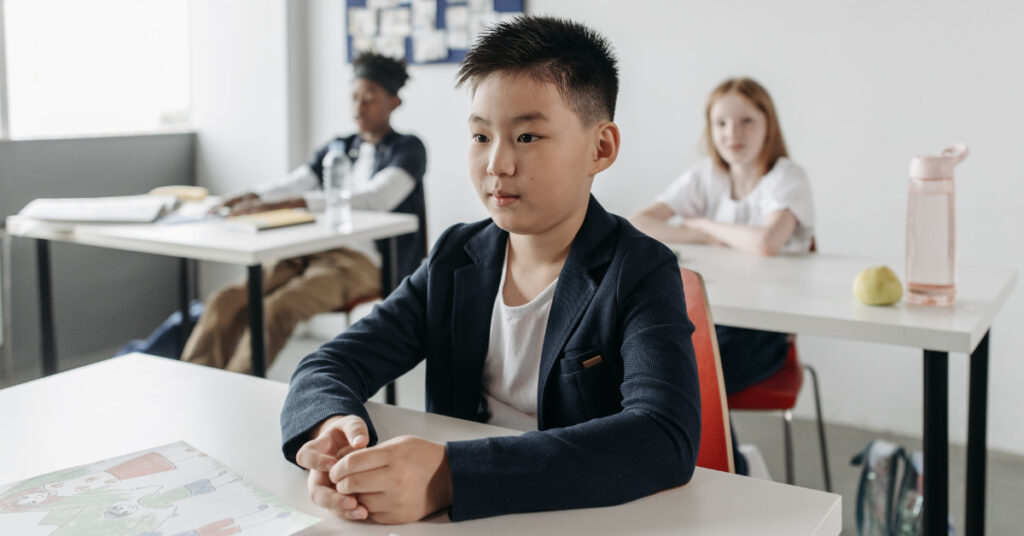
I have spent most of my career working in the vocational rehabilitation space.
My attention has been primarily aimed at considering environmental demands and personal factors in the workplace, and how they impact upon an adult’s risk of injury.
Now I am applying this lens to a very different client group at ESA and I am finding some very similar themes – although I feel there is a much higher impact of technology on children than I ever saw in the adult working population.
Ultimately the basics of safe ergonomics still apply but I think there needs to be a greater emphasis on regular task rotation and postural breaks and I also believe we need to help the children be ‘fit for work’ in accordance with the changing demands on their posture.
Classrooms can be encouraged to provide a range of postural options to support a more individual approach.
I would love to see classrooms fitted out with different heights of chairs and tables to at least offer students a seated posture that allows their feet to rest securely on the floor (knowing they will generally tuck their feet under their chair anyway!).
Like the sit-stand desks in the workforce let’s allow the children to naturally move where they are most ready to work.
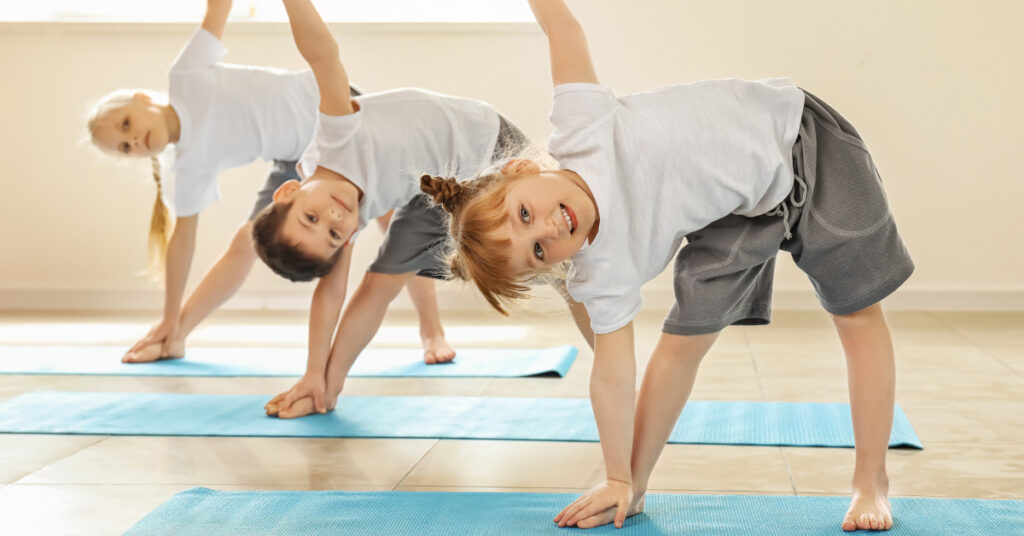
Considering the human factor, there is a consensus that upper body weakness appears to be increasing across the population due to increased use of devices, and forward slouch posture.
So, I think we need return to tummy time!
Encouraging children and adolescents to engage in activities (yes even screen time) while lying on the floor, propped on their elbows to weight bear through shoulders, extend their cervical spine and activate thoracic back musculature.
Similar physical endurance can be developed by working on vertical surfaces.
I am also a huge fan of monkey bars and tree climbing – what a fun way to work on hand and grip strength and support strong bone development during growth.
What I still know to be true – children generally move beautifully.
They naturally adapt to what their body (and their mind) needs the most.
They don’t need mandated manual handling training – they just need us to set up the environment to ensure their bodies don’t suffer because of the world’s obsession with ICT advances.
You don’t have to figure it out alone. Reach out to us—enquire now or book your session today.



